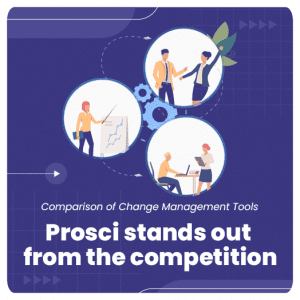

- Create a sense of urgency – declaring a change vision that outlines a compelling vision of the organization’s future state, including the principles and values that will guide its response and provides specific actions that will be taken.
- Deconstructing big change into small steps – smaller initiatives having a well-defined objective and outcome. These are delivered by small teams comprised of hybrid talent with diverse cross-functional skills.
- Empower people from the beginning – this could be a mix of a few trusted internal change agents coupled with external experts working based on the guiding principles set by the management.
- Behavioural change through small modifications to routines – keep moving the needle. By only changing one learning parameter at a time and providing a steady stream of gentle positive reinforcement, employee behaviours gradually adapt to change.
- Keep measuring to learn and evolve – frequently assessing these initiatives to ensure they accomplish the desired outcomes. When they deviate, organizations should analyse the data, rethink, and course correct through iteration.
